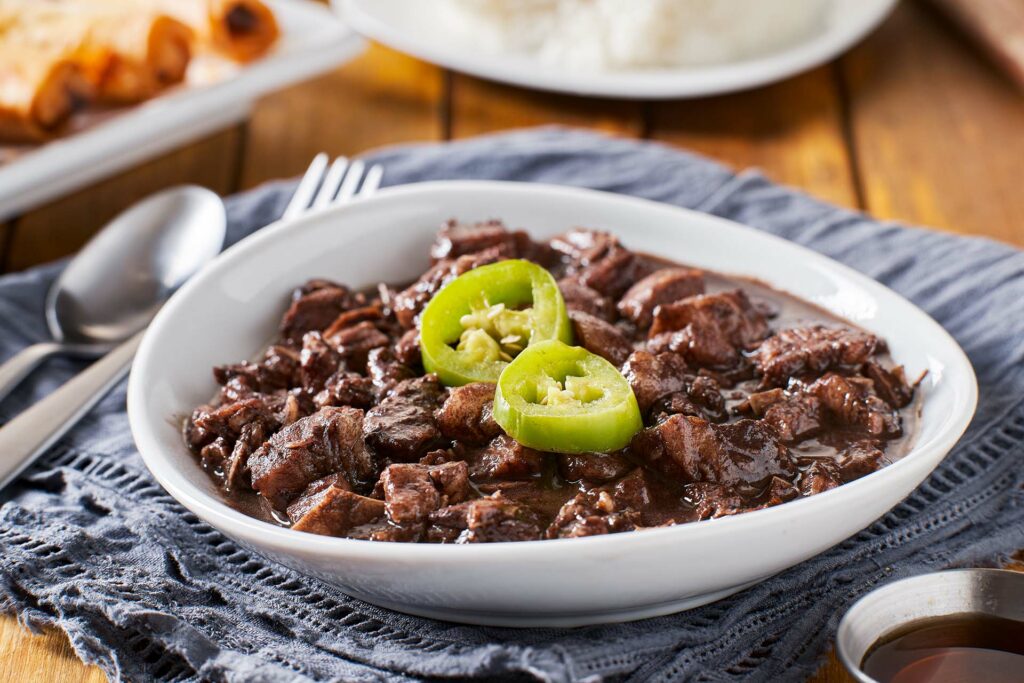Hearts of palm, a culinary treasure often referred to as “nature’s gem,” holds a special place in the hearts of food enthusiasts and health-conscious individuals alike. With its tender texture, mild flavor, and versatile culinary applications, hearts of palm has become a sought-after ingredient in dishes around the world. In this comprehensive guide, we will delve into the fascinating world of hearts of palm, uncovering its origins, culinary uses, nutritional benefits, and sustainability efforts.
Hearts of palm, also known as palm hearts or palmitos, are the edible inner core or bud of certain palm tree species. These cylindrical, ivory-colored delicacies are harvested from the innermost layers of the palm tree’s growing tip, often referred to as the “heart.” While hearts of palm can be derived from various palm tree species, the most commonly used are the Bactris gasipaes, Euterpe edulis, and the Açaí palm.
The history of hearts of palm dates back centuries, with its consumption traced to indigenous tribes in regions such as Central and South America. These tribes would skillfully harvest the young, tender shoots of palm trees, appreciating their delicate flavor and nutritional value. Over time, hearts of palm gained popularity across different continents, captivating the taste buds of people around the world.
Culinary Uses and Popularity
Hearts of palm have gained significant popularity in the culinary world due to their delicate flavor and versatile applications. They are often used in salads, appetizers, main courses, and even desserts, adding a touch of elegance and sophistication to dishes.
In salads, hearts of palm can be thinly sliced and combined with vibrant greens, cherry tomatoes, avocado, and a tangy vinaigrette for a refreshing and visually appealing dish. They can also be incorporated into appetizers, such as stuffed mushrooms or spring rolls, where their mild taste complements other ingredients without overpowering them.
Hearts of palm shine as a main course ingredient, whether grilled and served with a flavorful sauce or incorporated into pasta dishes, risottos, or stir-fries. Their tender texture and delicate flavor provide a pleasant contrast to bolder ingredients, creating a harmonious balance of flavors in the dish.
For those following a vegan or vegetarian lifestyle, hearts of palm serve as an excellent substitute for seafood or meat. Their resemblance to crab meat makes them an ideal ingredient in vegan crab cakes or seafood-inspired dishes. The versatility of hearts of palm allows them to adapt to various culinary styles and preferences, making them a go-to choice for many home cooks and professional chefs alike.
Hearts of Palm Dishes
Hearts of palm have long been cherished in traditional dishes across different cultures. In Latin American cuisine, hearts of palm are often featured in salads, ceviches, and empanadas. For example, in Brazil, a popular salad called “Salpicão” combines hearts of palm with chicken, carrots, raisins, and a creamy dressing, creating a refreshing and satisfying dish.
In the Caribbean, hearts of palm are a key ingredient in “Callaloo,” a traditional soup made with leafy greens, coconut milk, and various vegetables. The addition of hearts of palm lends a delightful creaminess and a subtle sweetness to this comforting dish.
How to Cook Hearts of Palm
When cooking with hearts of palm, it is important to handle them gently to maintain their delicate texture. Whether slicing them for salads or incorporating them into cooked dishes, it is best to use a sharp knife to ensure clean cuts without crushing or bruising the hearts of palm.
Hearts of palm can be enjoyed both raw and cooked, depending on the desired dish. Raw hearts of palm have a crisp texture and a subtle sweetness, making them ideal for salads and appetizers. Cooked hearts of palm become softer and develop a slightly sweeter flavor, making them suitable for sautéing, grilling, or incorporating into cooked dishes.
To retain the vibrant color and crispness of hearts of palm in salads, it is recommended to add them just before serving to prevent any potential wilting or discoloration.
Hearts of palm have gained popularity among vegans and vegetarians as a versatile substitute for seafood or meat. Due to their texture and appearance, hearts of palm can be used as a plant-based alternative in recipes that call for crab meat, lobster, or even chicken. This allows individuals following a vegan or vegetarian lifestyle to enjoy the flavors and textures of their favorite dishes without compromising their dietary choices.
Health Benefits and Nutritional Profile
High in Fiber and Low in Calories
Hearts of palm are a calorie-conscious choice, making them an excellent addition to weight management plans. They are low in calories, allowing you to enjoy their delicious taste without compromising your dietary goals. Additionally, hearts of palm are high in dietary fiber, which plays a crucial role in promoting healthy digestion and maintaining a feeling of fullness.
The fiber content in hearts of palm aids in regulating blood sugar levels, preventing spikes and crashes that can lead to sluggishness and cravings. It also supports digestive health by promoting regular bowel movements and preventing constipation.
Rich in Essential Vitamins and Minerals
Hearts of palm are not only low in calories but also rich in essential vitamins and minerals. They provide a variety of nutrients that are vital for overall health and well-being.
One notable vitamin found in hearts of palm is vitamin C. This powerful antioxidant supports immune function, protects against cell damage, and aids in collagen production, which is essential for healthy skin, bones, and connective tissues.
Hearts of palm are also a good source of vitamin B6, which plays a crucial role in brain development and function. Vitamin B6 is involved in the production of neurotransmitters such as serotonin and dopamine, which regulate mood, sleep, and cognitive processes.
In terms of minerals, hearts of palm contain potassium, magnesium, and iron. Potassium is essential for maintaining proper heart function and regulating blood pressure. Magnesium is involved in numerous bodily functions, including energy metabolism, muscle relaxation, and bone health. Iron is necessary for the production of red blood cells and the transportation of oxygen throughout the body.
Potential Antioxidant and Anti-inflammatory Properties
Hearts of palm may possess antioxidant and anti-inflammatory properties, thanks to their rich content of various phytochemicals and bioactive compounds. These compounds help neutralize harmful free radicals in the body and reduce inflammation, which is associated with chronic diseases such as heart disease, cancer, and diabetes.
The antioxidant properties of hearts of palm play a crucial role in protecting cells from oxidative damage, which can contribute to aging and various diseases. By incorporating hearts of palm into your diet, you can potentially enhance your body’s defense mechanisms against harmful oxidative stress.
Heart-Healthy and Cholesterol-Lowering Effects
The fiber content in hearts of palm also contributes to heart health. Dietary fiber has been shown to help lower levels of LDL (bad) cholesterol in the blood, reducing the risk of heart disease. Additionally, hearts of palm are naturally low in saturated fat, which is beneficial for maintaining healthy cholesterol levels.
By incorporating hearts of palm into your diet, you can enjoy a heart-healthy food that supports cardiovascular well-being and can be part of an overall balanced eating plan.
Incorporating Hearts of Palm in a Balanced Diet
Hearts of palm can be a valuable addition to a balanced and nutritious diet. Whether you are seeking to manage your weight, support your immune system, or promote heart health, hearts of palm offer a range of benefits thanks to their impressive nutritional profile.
Incorporate hearts of palm into your meals by adding them to salads, stir-fries, pasta dishes, or as a topping for pizzas. Their mild flavor and tender texture make them a versatile ingredient that can enhance the nutritional value and taste of your favorite recipes.





